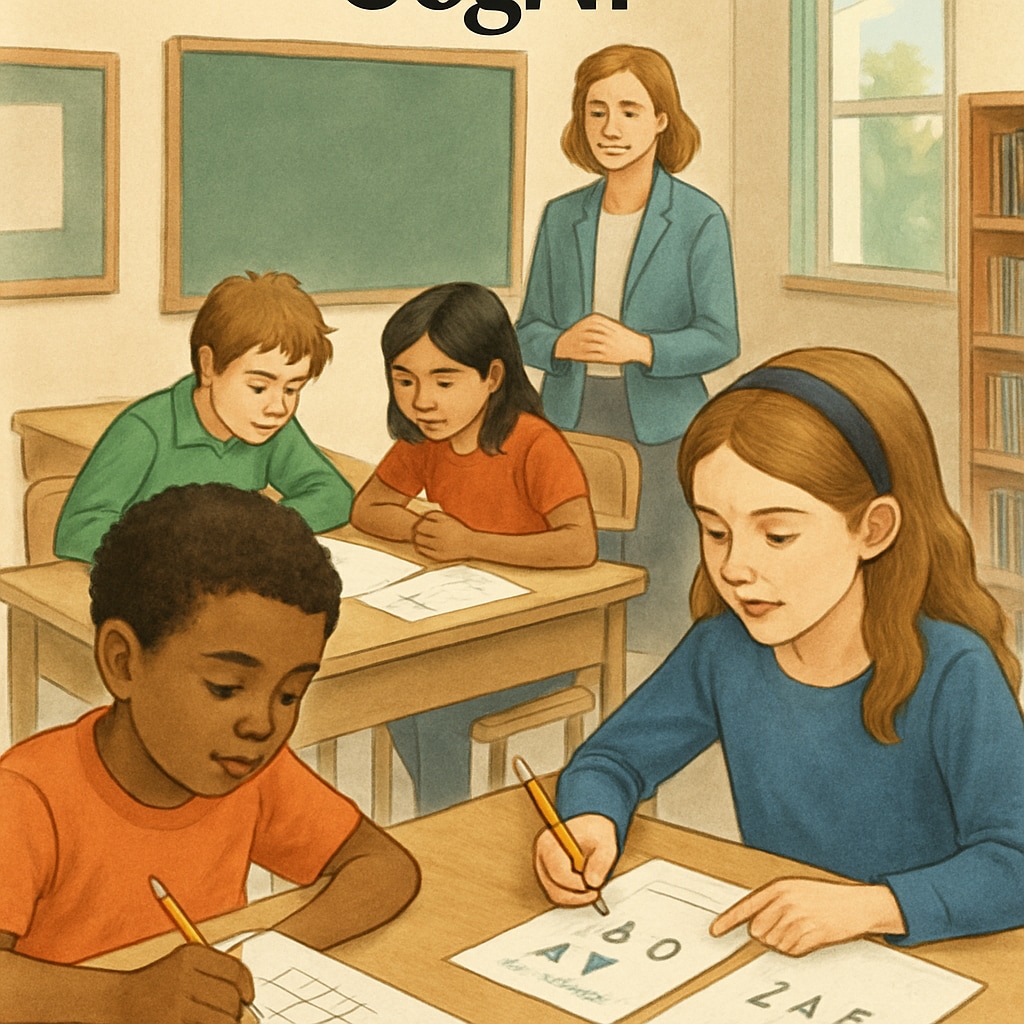Understanding a child’s unique potential is often a priority for parents and educators. Tools such as CogAT and WISC are widely recognized for their ability to assess children’s natural talents and intellectual capabilities. These tests provide insights into cognitive strengths and areas for growth, making them invaluable in shaping educational paths and personal development strategies. But which test is best suited for your child? This article breaks down the features, applications, and benefits of these methods to help you make informed choices.

Understanding Talent Assessment: Why It Matters
Talent assessment is not merely about identifying a child’s strengths—it can also uncover areas of potential that may not yet be fully evident. For example, a child who excels in visual-spatial reasoning might benefit from a curriculum enriched with art and design projects. Early identification of such talents allows parents and educators to nurture a child’s natural abilities effectively.
There are several standardized tools available for talent evaluation, each designed to measure different aspects of cognition and aptitude. However, selecting the right test requires understanding its format, purpose, and suitability for the child in question.
CogAT: The Cognitive Abilities Test
The Cognitive Abilities Test, or CogAT, is one of the most popular tools used to evaluate children’s cognitive strengths. It measures three key areas: verbal reasoning, quantitative reasoning, and nonverbal reasoning. CogAT is particularly useful for identifying gifted students and tailoring educational programs to their needs.
- Features: CogAT is administered in a multiple-choice format and assesses reasoning skills rather than specific knowledge.
- Applications: Ideal for screening students for advanced academic programs or gifted education.
- Benefits: Helps educators understand how a child processes information and solves problems.
For more details, visit CogAT on Wikipedia.

WISC: The Wechsler Intelligence Scale for Children
The WISC test is another widely used tool for assessing children’s intellectual capabilities. Focused on measuring IQ, it evaluates various domains such as verbal comprehension, working memory, and processing speed. Unlike CogAT, which centers on reasoning skills, WISC provides a more comprehensive view of a child’s intellectual profile.
- Features: WISC includes both verbal and performance-based tasks, making it highly versatile.
- Applications: Suitable for diagnosing learning disabilities, identifying giftedness, and understanding intellectual strengths and weaknesses.
- Benefits: Offers a detailed breakdown of cognitive abilities, which can guide individualized learning plans.
Learn more about WISC from Britannica.
Choosing the Right Test for Your Child
Both CogAT and WISC have their strengths, but choosing the right test depends on your specific goals. CogAT is ideal for identifying reasoning skills and suitability for gifted programs, while WISC offers a broader analysis that can help diagnose learning difficulties or highlight overall intellectual strengths.
Here are some factors to consider:
- Goals: Are you looking to enroll your child in a gifted program or understand their general intellectual capabilities?
- Age: WISC is tailored for children aged 6–16, while CogAT can be used for students as young as kindergarten.
- Learning Needs: If your child struggles academically, WISC may provide insights into areas requiring support.
Conclusion: Empowering Children through Understanding
Evaluating a child’s talents is a significant step in empowering them to reach their full potential. Tools like CogAT and WISC offer reliable methods to gain insights into cognitive abilities, helping parents and educators create personalized learning experiences. By choosing the right test, you can ensure that your child’s unique strengths are nurtured and developed.
As a result, children not only excel academically but also grow into confident, capable individuals ready to tackle challenges and seize opportunities.
Readability guidance: This article uses concise paragraphs, lists to summarize key points, and transitions like “however,” “therefore,” and “for example” to maintain a smooth flow. The content balances active and passive voice while ensuring accessibility for a broad audience.


